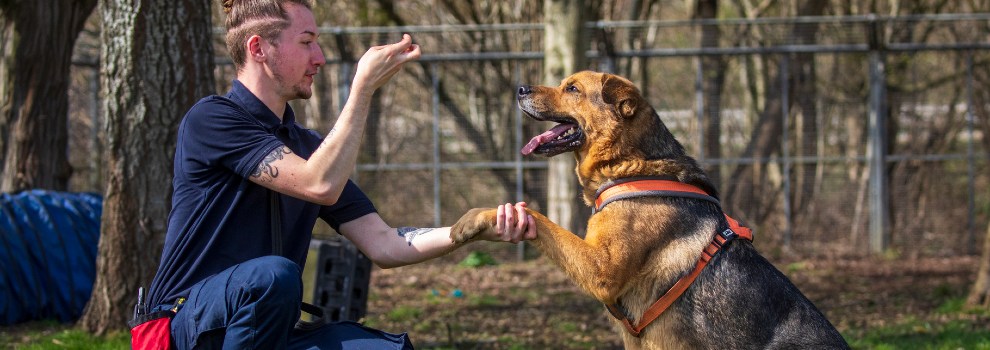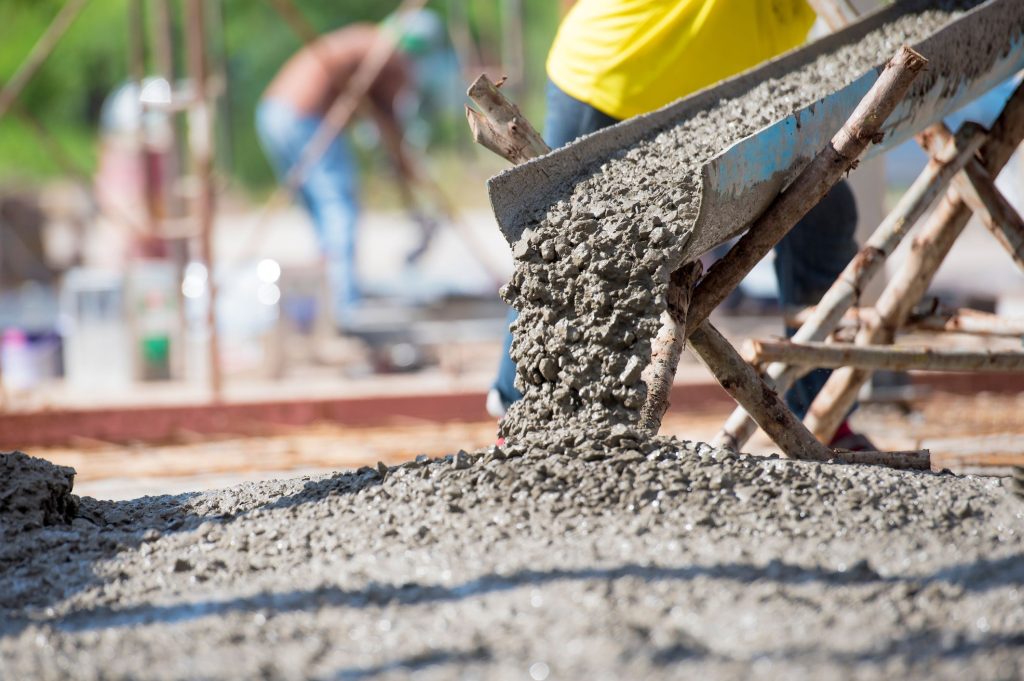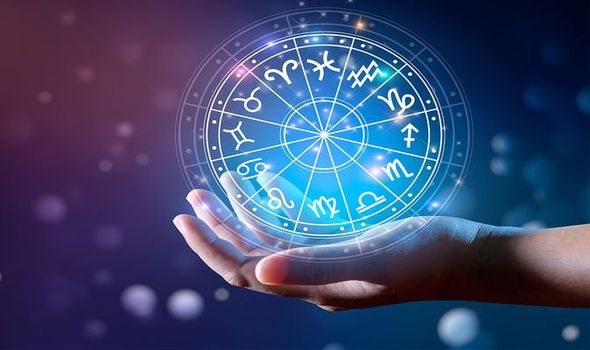Captivating Acoustics Unmatched Recording Studio Excellence
In case you might be seeing Louisville recording educational institutions in Kentucky, you may have understood that you have a lot of businesses that have come across this sort of sensational modifications in the beyond few years as being the recording market. Right now, recording studios job making use of electronic and online approaches – the legitimate computer hardware applied are likewise developing. It really is the location where the universe of electronic getting meets the world of dietary fiber-optic top quality seems trade. This then, at that time, requires all recording professionals in the business to get truly within the know relating to the latest styles in recording creativity. This can show a tremendous obstructions to portion for comfortable recording craftsmen or gurus who need to infiltrate the organization. Obviously, loads of novice recording tactics have similarly jumped up through the path of recent years.
At the stage when everyone offers a Laptop or computer they may heft around and small-scale amps that devices can without the need of a good deal of starchy foods be attached to easily, beginner recording is not hard. The transform of events and discounts of superior synthesizers, midi regulators, and important gadgets and projects have broadened undoubtedly in the last yrs. This will give a method to a number of hopeful understudies to get skills with a portion of the basic principles of studio recording and demo with various noise methods, however exactly where are these understudies going get proficiency with the skilled Rift Studio recording studio services Brooklyn skills they will demand in fact enterprise It might come as being a stunner but Louisville recording educational institutions usually are not overly a significant number. Louisville Recording Artistry is not exactly an experience, but like a recording studio they are tormented with requirements for instructive administrations of some type, so that they have concocted an extraordinary blend of lessons together with a seem designing and development plan, recording studios, in addition to making in musical tools.
What unlimited universities are selling is a straightforward web improvement or science recognition which fails to straightforwardly incorporate recording – some large information concerning the make a difference. Naturally, a recording understudy can likewise decide on a website-centered choice or mentorship software, which can be very enticing to individuals with entertained ideas that do not reside approach adequate to a daily timetable. Right here the options distributed fairly much more. Complete Cruise University or college is really a web-structured university providing assignments in Diversion Company keeping in mind advantages for music. In the event that understudies sense cumbersome studying the specialized areas of recording on the web, the Recording Connection Institution features a program that joins understudies with recording technical engineers that work well inside the Louisville area, making it simpler to expert legitimate expertise without having actually going to Louisville Recording Educational institutions.






